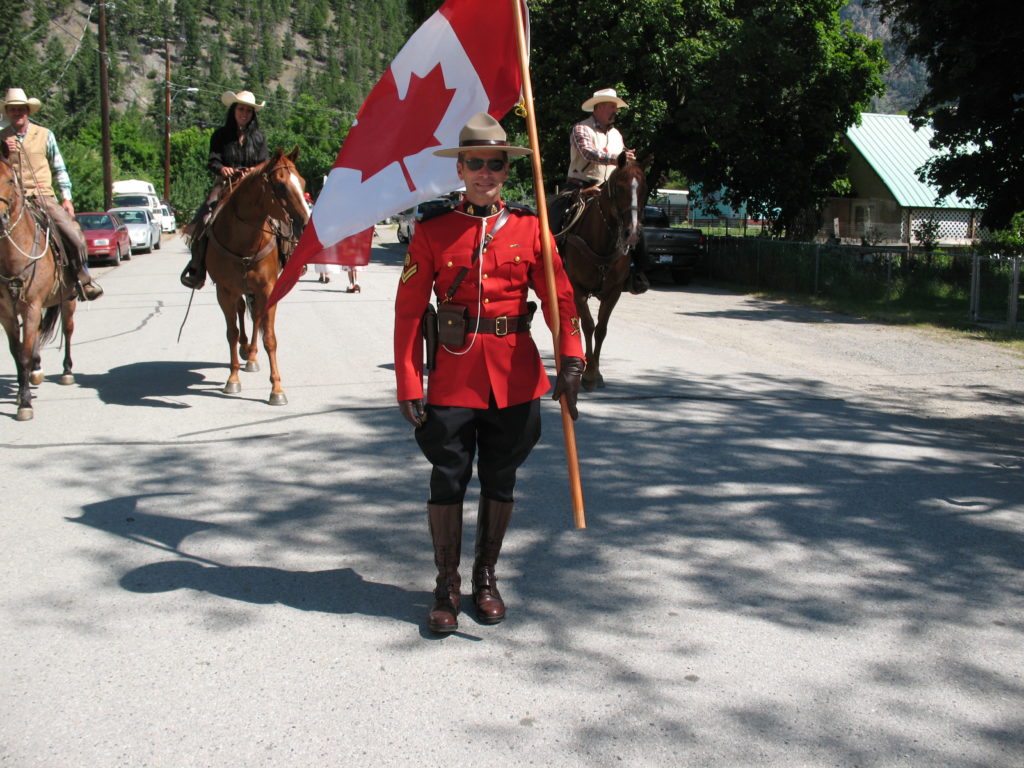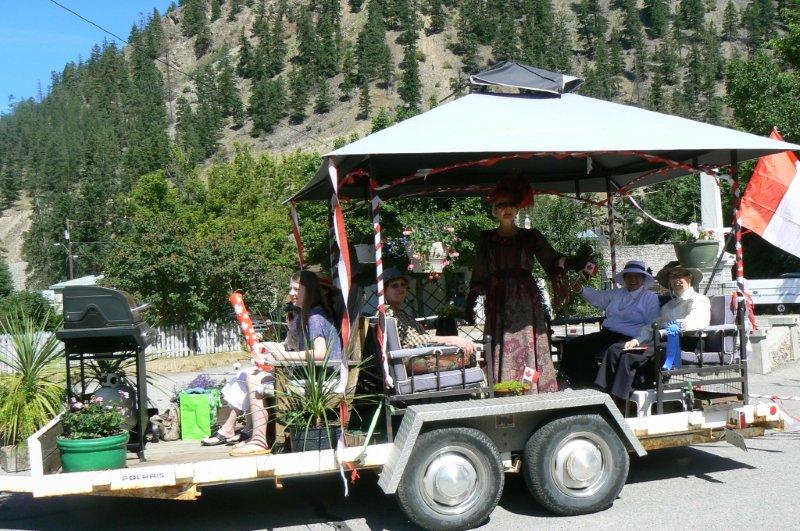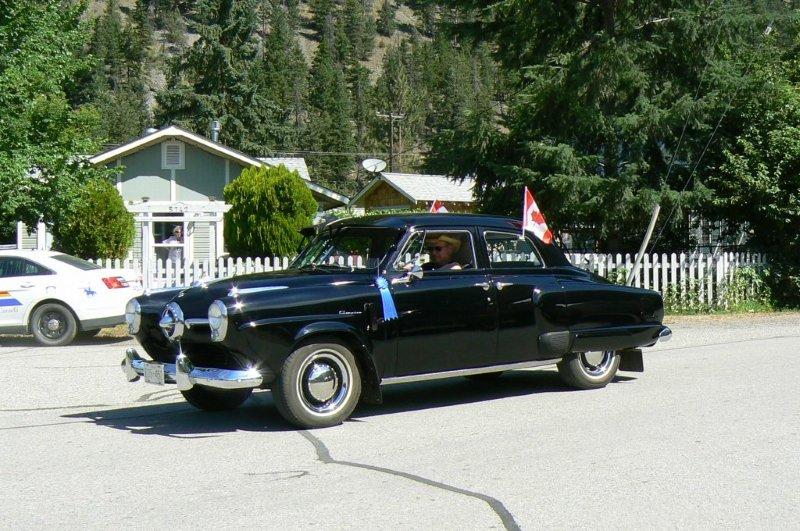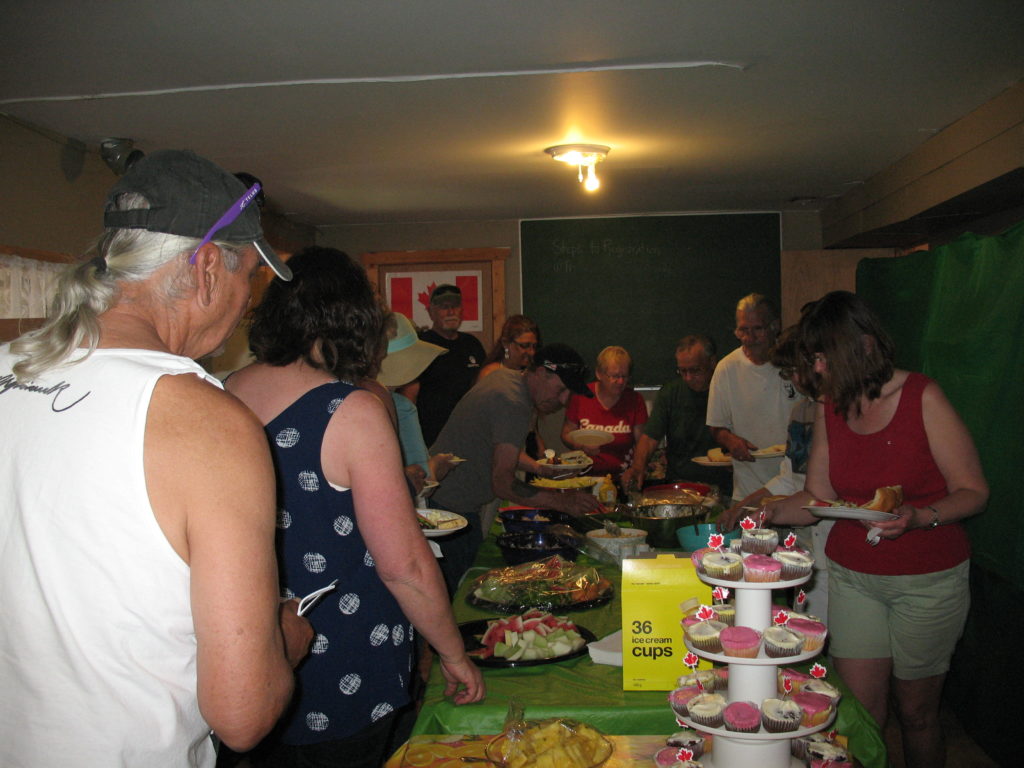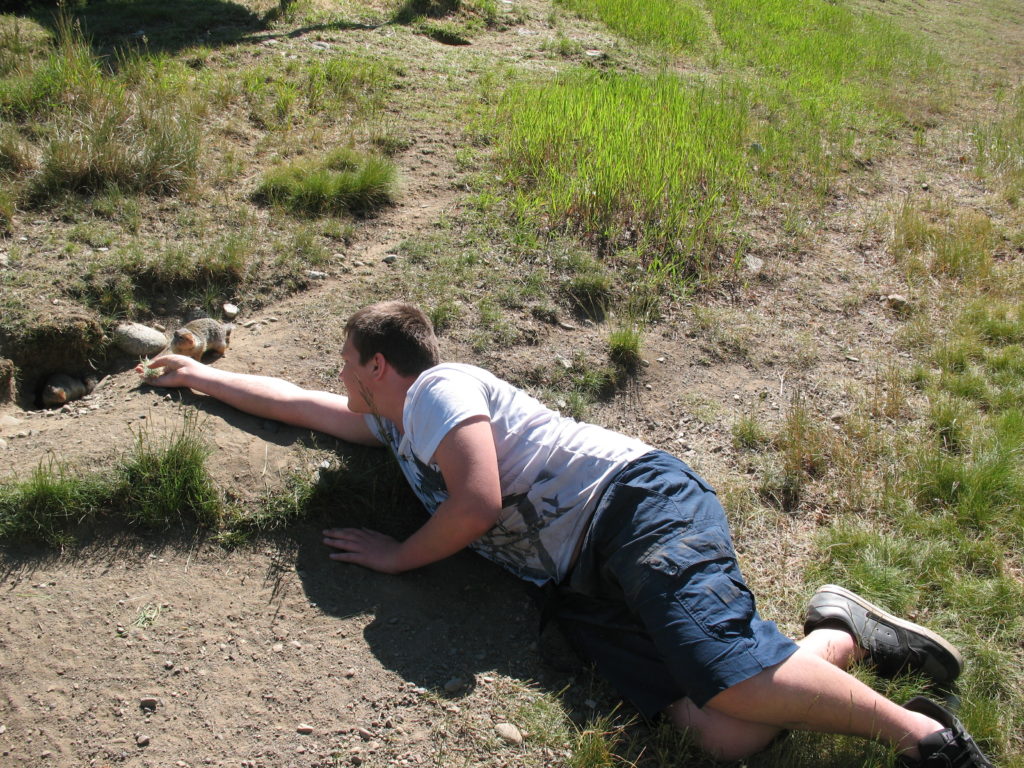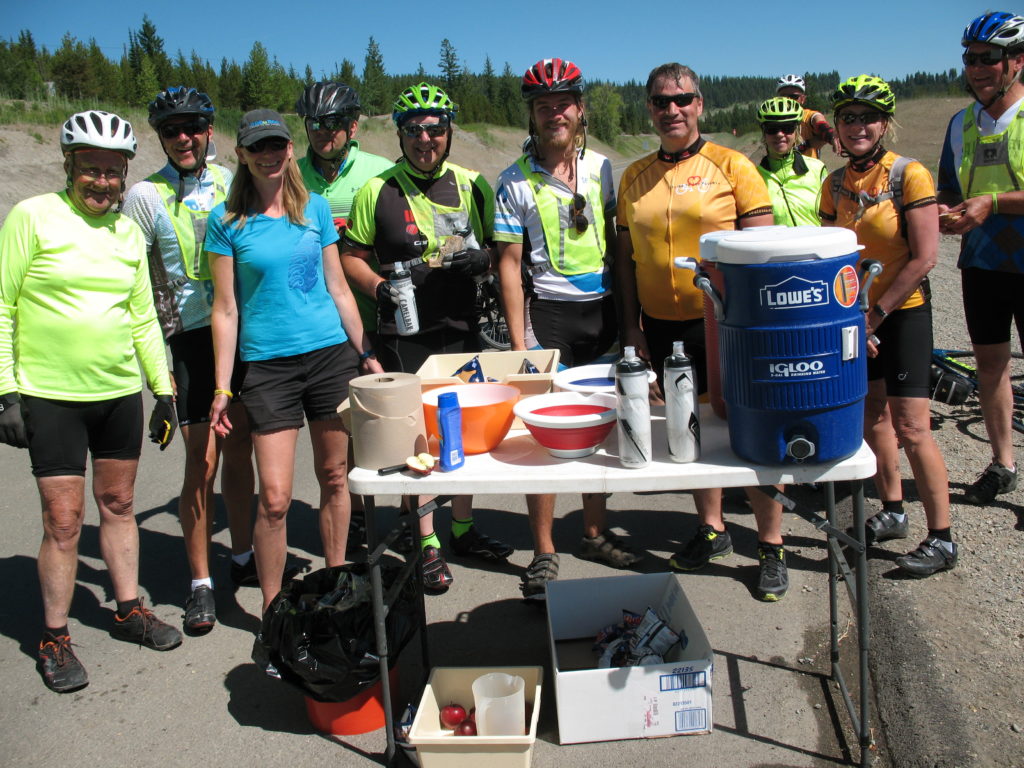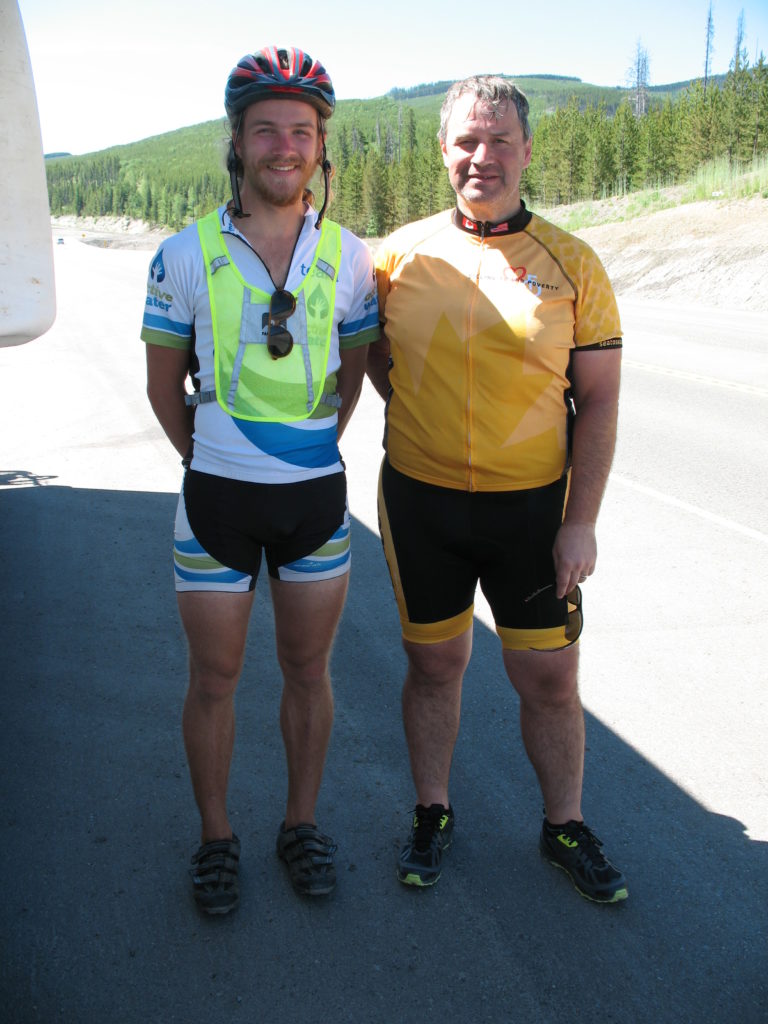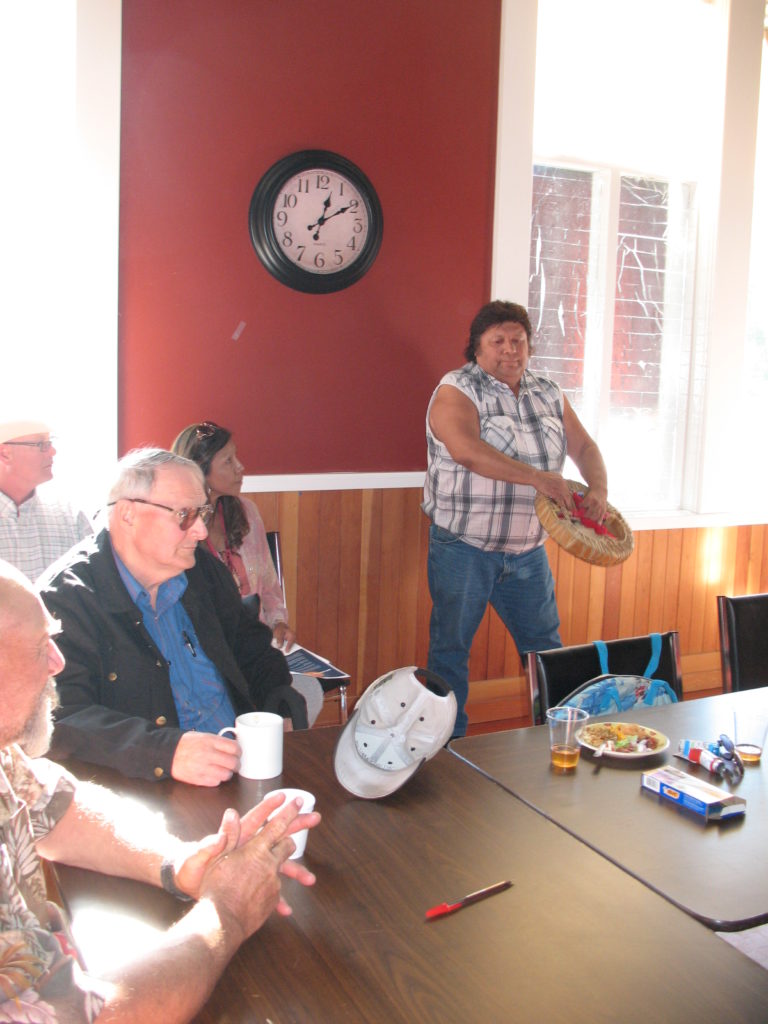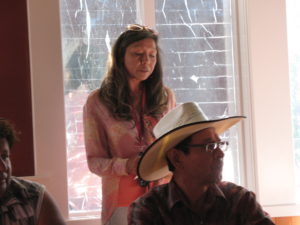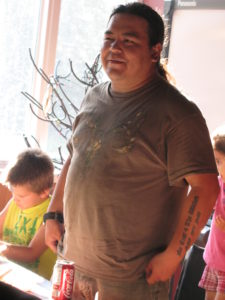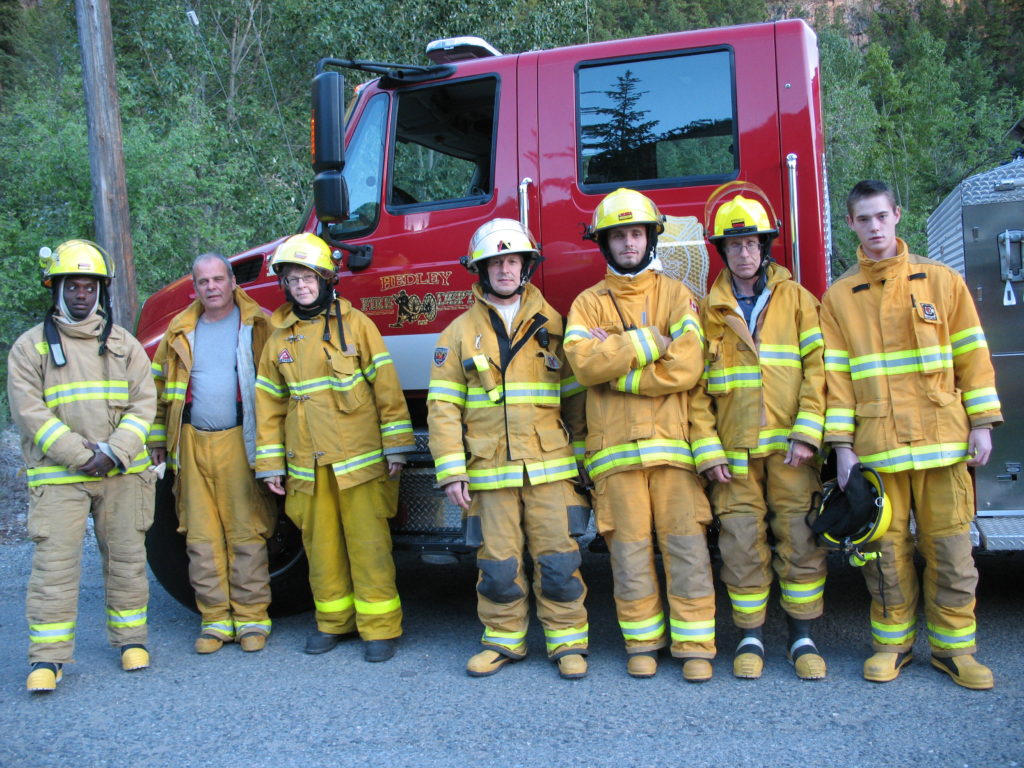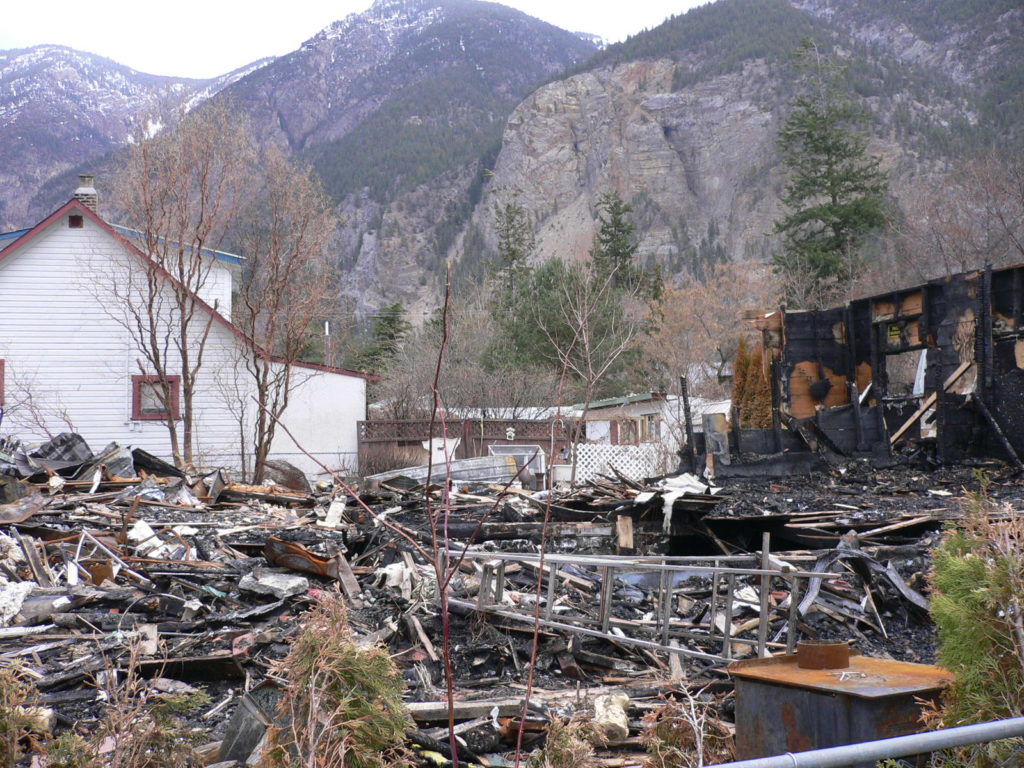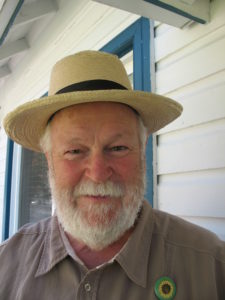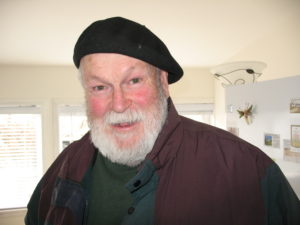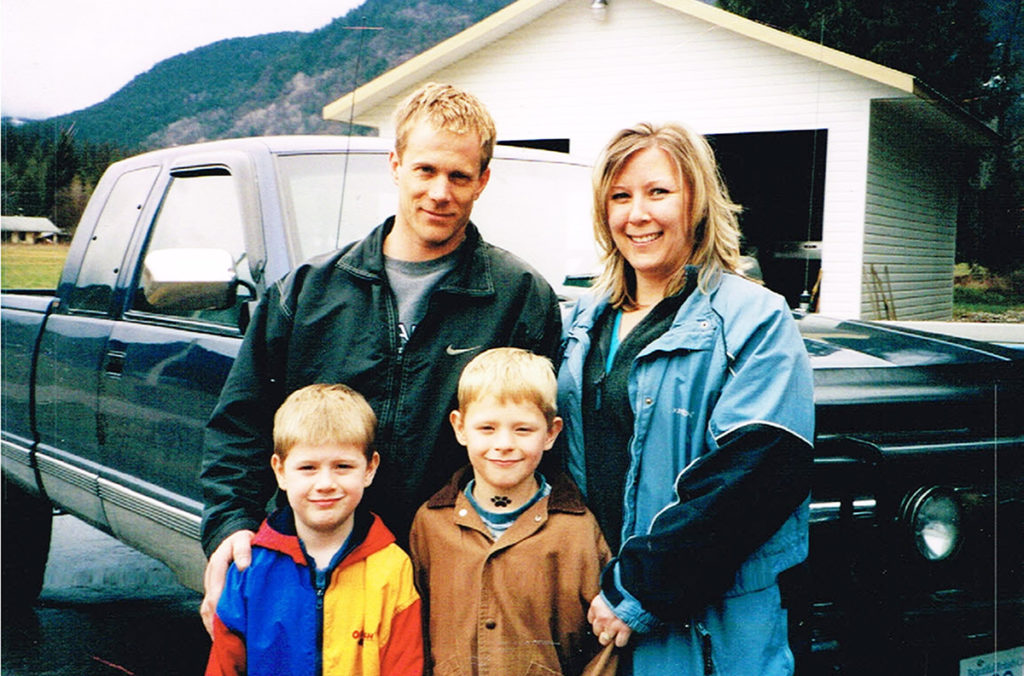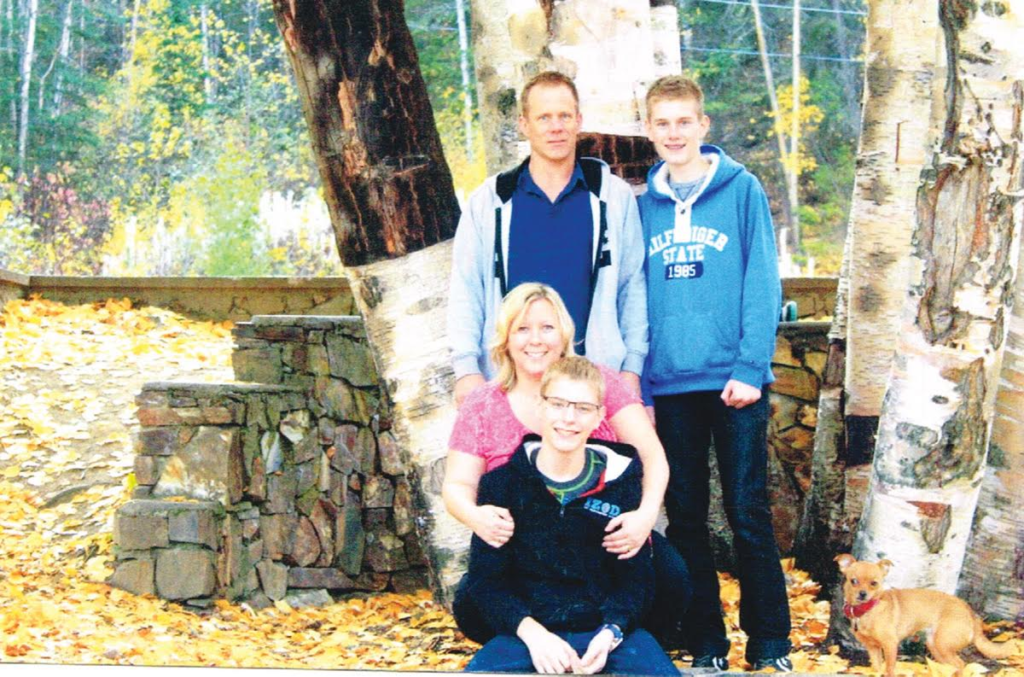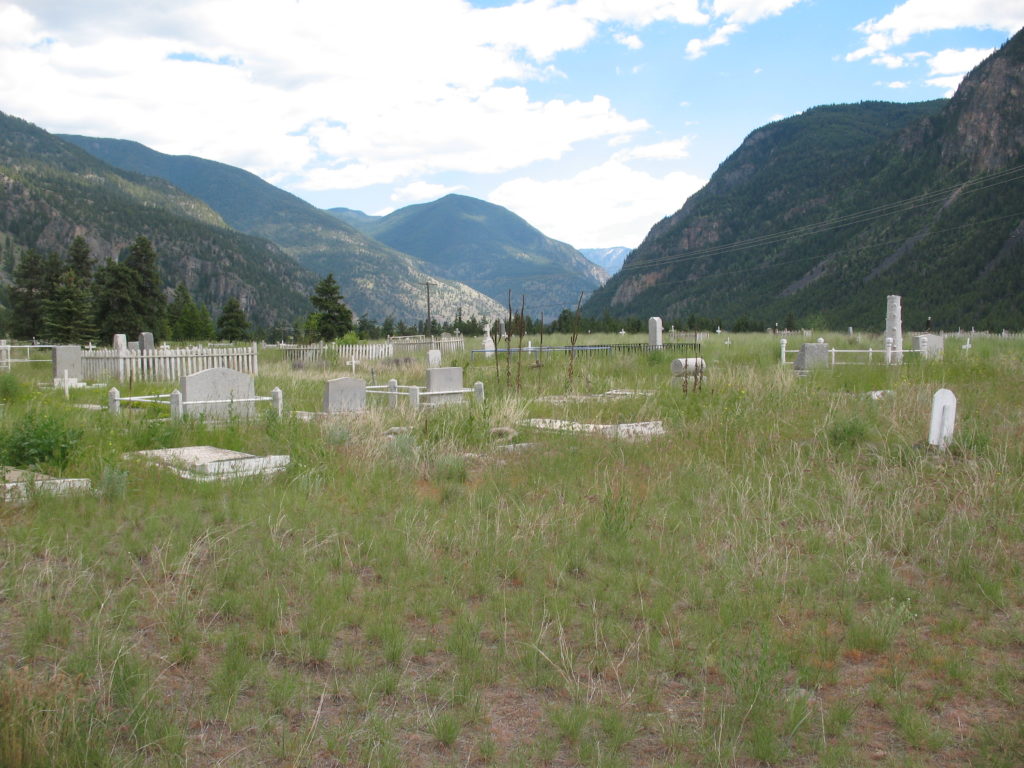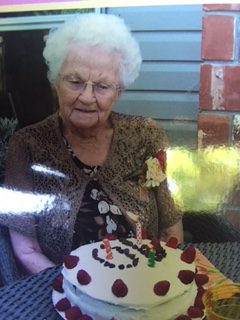
I wasn’t really surprised there was no mention in the national, or even the local Manitoba media, of the recent passing of my 98 year old Aunt Mary. She had not battled for social justice like Supreme Court Judge Bertha Wilson. Nor did she have Emily Carr’s remarkable ability to create inspiring scenes on canvas. What she did have was an understanding of the importance of commitment. Especially a commitment to living in a manner that positively impacts the thinking and actions of the next generation. In my opinion, she lived in a way that is as beneficial to our country as the lives of more well known citizens.
Working with young offenders in Hedley, I saw repeatedly the unfortunate results of careless, self-indulgent, neglectful parenting. Almost without exception, the youths sent to us came from shattered, dysfunctional families. The parents seemed to not understand that their values and attitudes were exacting a toll on the future of their children. Apparently it did not occur to them that without constructive examples to observe and learn from, their offspring would be ill-equipped to participate productively in the life of our nation.
When Aunt Mary’s husband, David, lost a battle with cancer, she could have become immersed in self pity. David had been a strong man, physically, mentally and emotionally. He had brought order and stability, as well as a sense of humour. At age 46, with 2 young sons still at home, she now needed to be the one who was strong for them.
For many years I had not had much contact with Aunt Mary. To learn more of her life, I called each of her 3 older offspring, all living in Manitoba. Sara, the youngest of the 3 said “mom loved to be with people and to serve them. She was very thankful, and she knew how to laugh. She lived on the 6th floor in a residence for seniors. When a group came to provide music, she always went down to the entrance to open the door for the guests and welcome them. She would often say ‘we should be thankful for people who come to sing.’” Sara also said, “I did everything I could for her. I’m so grateful for that.” She had been inspired by her mother’s example of service to others.
Elsie, the eldest, said their mom walked a lot until she was 95. “If it’s not raining,” she would say, “I’m walking.”
“As long as she could walk,” Elsie said, “she volunteered in a care home for the elderly. Often she pushed people in their wheelchairs. When there was a potluck in her residence, if someone wasn’t well enough to attend, she would bring them a tray laden with food.”
Ed said, “Mom often wanted to visit relatives in Barkfield and Gruenthal. These relationships were important to her, so I would take her there. Sometimes there were functions in her church that involved a meal. When she finished eating, she’d get up and help with clearing tables.”
In the Fernwood residence where she lived, people place a yellow card on the outside of their entry door before retiring at night. In the morning, by 10 am, they take it back in. “For many years Mom would walk the halls on all the floors, checking for cards,” Ed said. “If there was a card after 10 am, she would knock on the door and inquire if there was a problem. She was still doing this in her nineties.”
Aunt Mary did all she could to foster strong relationships in her family. “Toward the end of her days,” Ed told me, “she encouraged us to always love one another.”
Having received only a rudimentary education in a remote one room rural school, Aunt Mary never achieved the renown of Canadian icons like Bertha Wilson and Emily Carr. After listening to members of her family and others though, I decided her commitment to service had positively shaped thinking and actions in her limited sphere of influence. She encouraged people with her smile, a cheery greeting, sometimes by noticing they had a need. Aunt Mary demonstrated that if we are alert and willing, there are many little actions that can bring a ray of sunlight and a reminder someone cares. Fortunately she isn’t the only one doing this. Our country needs many more.


